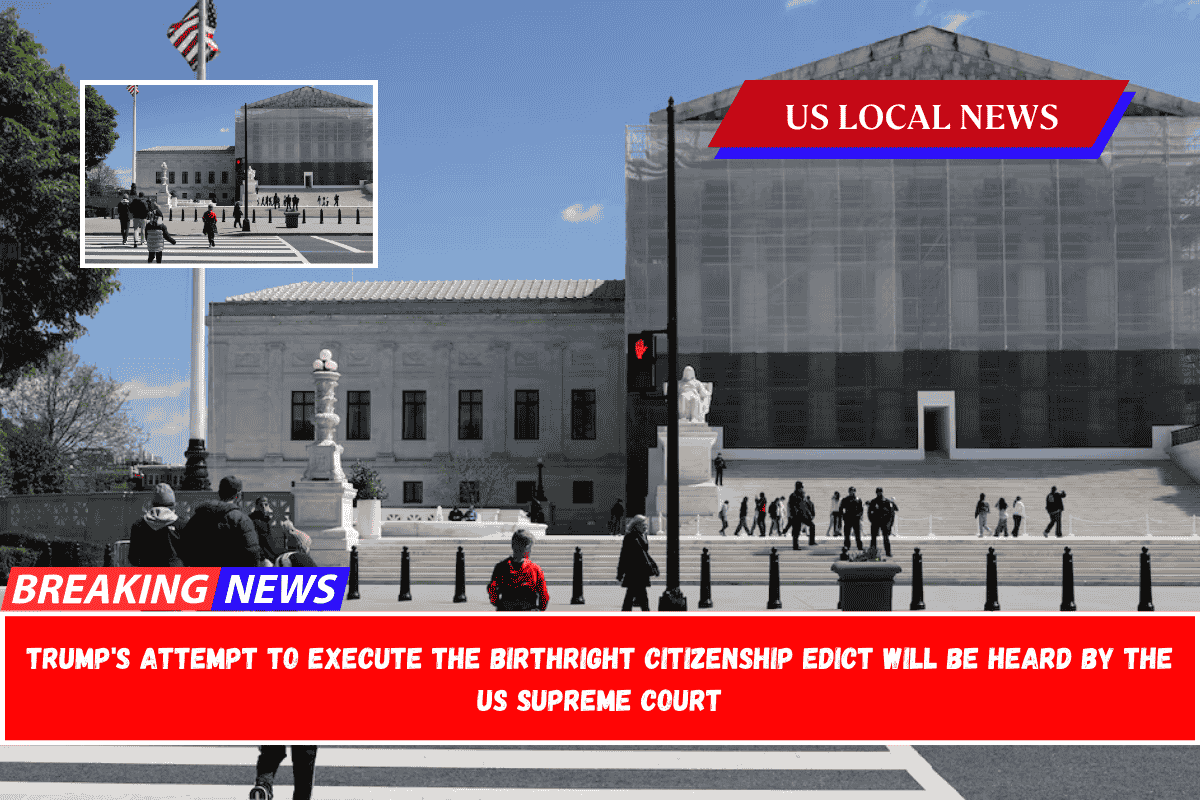The U.S. Department of Education has confirmed important changes to how it handles student loan payments for people under Income-Driven Repayment (IDR) plans. These changes come after a court order paused the SAVE plan, a popular loan repayment program started under President Biden. Even though the SAVE plan is on hold, the government is now moving forward with other repayment options.
From May 10, 2025, the Department will restart processing applications for three other repayment plans: ICR (Income-Contingent Repayment), IBR (Income-Based Repayment), and PAYE (Pay As You Earn).
Here’s everything student loan borrowers need to know about these updates, including how income and family size are calculated, and what it means for people waiting for loan forgiveness.
What Happened to the SAVE Plan?
The SAVE plan, introduced by the Biden administration, was designed to lower monthly student loan payments by adjusting how income is calculated. But in February 2025, a court ruling temporarily blocked the plan. This led to a full pause on IDR processing while the Department of Education worked on legal fixes.
The pause caused confusion among borrowers. Many were worried that they would fall behind on their loans or miss out on forgiveness opportunities. The American Federation of Teachers (AFT) even filed a lawsuit, saying the pause was unfair to borrowers.
Correction of a Big Mistake on Spousal Income
Earlier this year, the Department of Education released a document that mistakenly said spousal income would be included in monthly payment calculations even if married borrowers filed taxes separately. This caused an uproar, as it went against rules that have been in place since 1994.
Thankfully, the Department fixed the error and confirmed that this was not the case. The only real change now is how family size is defined. In the past, married people who filed taxes separately could not count their spouse in their family size. But now, the court is asking that spouses must be included in the family size again.
This is good news for borrowers, because a larger family size means lower monthly payments. For example, a couple with two children used to be counted as a family of three if the couple filed taxes separately. Now, they will be counted as a family of four, which helps reduce the total monthly repayment.
What IDR Plans Are Restarting in May?
Even though SAVE is still paused, three other repayment plans will restart on May 10, 2025:
- ICR (Income-Contingent Repayment)
- IBR (Income-Based Repayment)
- PAYE (Pay As You Earn)
People enrolled in these plans will be notified automatically when their applications are being processed. The government says it will first handle cases with pending income certification renewals, but no one has said exactly when all the backlog will be cleared.
What About Student Loan Forgiveness?
One major worry for borrowers is whether the delay will affect loan forgiveness after 20 or 25 years of payments. The Department has said that the pause time will still count toward forgiveness, as long as things return to normal soon.
However, advocates for borrowers say more needs to be done. They are pushing for clear timelines and better communication. Many legal experts suggest that borrowers keep records of all communication with loan companies, just in case they need to prove their payment history later.
The changes made by the U.S. Department of Education are meant to fix legal issues and help borrowers stay on track. While the SAVE plan’s future is still unclear, those using ICR, IBR, or PAYE can now move forward. The updates to family size calculations could reduce monthly payments for many people, especially married borrowers.
Still, there is some concern about delays in processing and the lack of clear timelines. Borrowers hoping for loan forgiveness should continue to file required paperwork and keep records of all steps they take. It’s also a good idea to use tools like the IRS Withholding Calculator and stay updated on student loan changes through trusted sources.















